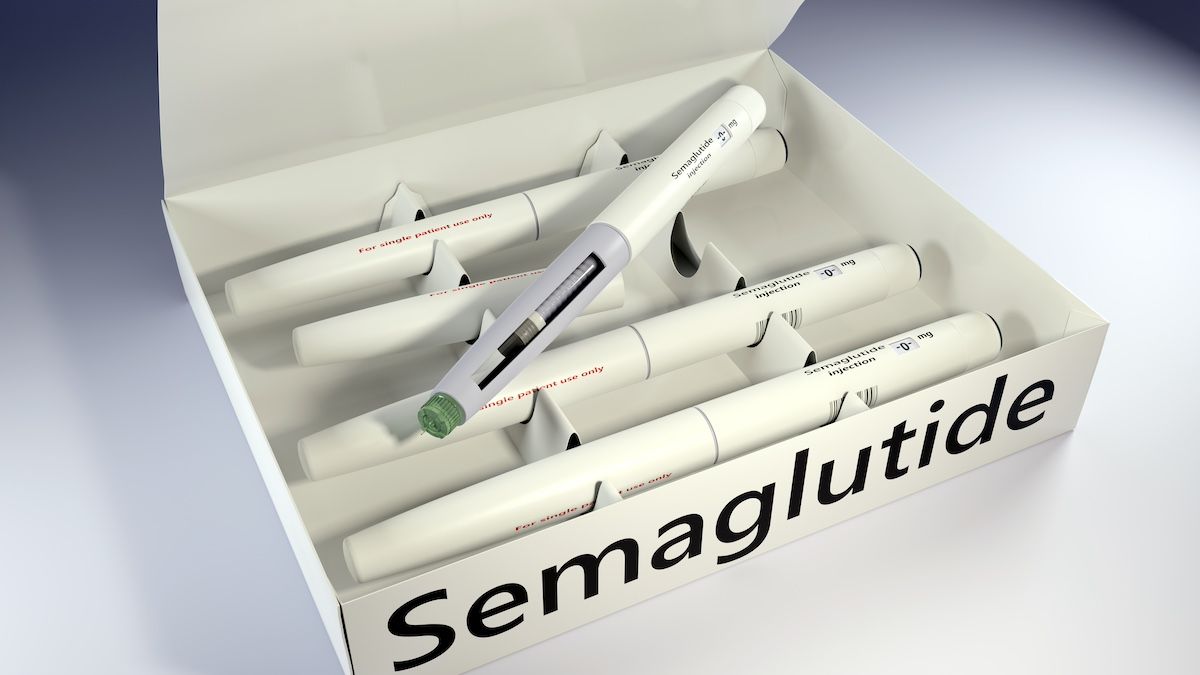Article
NPC Offers Suggestions on FDA Off-Label Promotion Draft Guidance
Author(s):
The National Pharmaceutical Council (NPC) today published a letter outlining its thoughts on the FDA draft guidance regarding manufacturer communications about off-label uses of drugs. Today was the final day to comment on the draft before the agency begins to formulate the final version of the guidance.
The National Pharmaceutical Council (NPC) today published a letter outlining its thoughts on the FDA draft guidance regarding manufacturer communications about off-label uses of drugs. Today was the final day to comment on the draft before the agency begins to formulate the final version of the guidance.
The draft guidance released in January, titled “Drug and Device Manufacturer Communications With Payors, Formulary Committees, and Similar Entities,” was issued by the FDA in an attempt to clarify its stance on pharmaceutical industry members discussing healthcare economic information (HCEI) about off-label uses of approved drugs with insurers and formulary developers. It also mentions communications about investigational drugs and devices before they are approved.
Essentially, the nonbinding draft guidance states that drug manufacturers can give a “balanced and complete presentation” to payers that communicates HCEI as long as it is based on competent and reliable scientific evidence (CARSE) and specifically states any differences between that information and the FDA-approved labeling of the drug. It also says payers can receive “unbiased, factual, accurate, and non-misleading” information about investigational products from manufacturers.
In its comments on the guidance, NPC lays out 6 actions that it would like to see incorporated in the final rule, along with specific questions and suggestions.
- Clarify the entities and individuals who can receive HCEI
- Broaden the generally accepted scientific practices recognized as the basis for CARSE; confirm endpoints desired in a value-based payment environment are permissible
- Permit pre-approval exchange of information for both investigational products and investigational uses of approved products
- Ensure disclosures encourage transparent and timely communication without being overly prescriptive
- Grant a safe harbor to risk-sharing and value-based contracting HCEI discussions
- Clarify differences in criteria across multiple FDA guidance documents
Similar to the draft guidance itself, the comments stressed the importance of striking a balance between safety concerns and the free communication of information. However, they did indicate a more permissive stance than the one taken in the FDA’s draft.
For instance, the comments urged the FDA to allow the timely communication of non-misleading information to payers about unapproved uses of both approved and investigational products. Also, the FDA identified standards from the Patient-Centered Outcomes Research Institute and the International Society for Pharmacoeconomic and Outcomes Research as acceptable sources of CARSE, but NPC suggested the final rule incorporate scientifically-accepted standards and principles from other sources.
Additionally, NPC suggested that the FDA rules should clarify the target audience for HCEI, as it could be expanded to include entities other than payers and formulary managers, like accountable care organizations, risk-sharing provider groups, and clinical practice guideline developers.
The NPC comments also expressed the opinion that drug manufacturers should be allowed to communicate quality measures to payers, even if those measures are not directly related to economics. It cited a survey that found 78% of providers and 53% of payers agreed strongly that a product’s performance on quality measures would influence coverage decisions in the next 3 to 5 years.
In summary, NPC reiterated the importance of how healthcare information is communicated in today’s drug landscape.
“The products available to treat conditions, the ways health care is organized, delivered and reimbursed, and the information sources and analytic processes available have become more sophisticated,” it concluded. “Now is the time for regulations and guidance for communication to evolve in parallel.”





